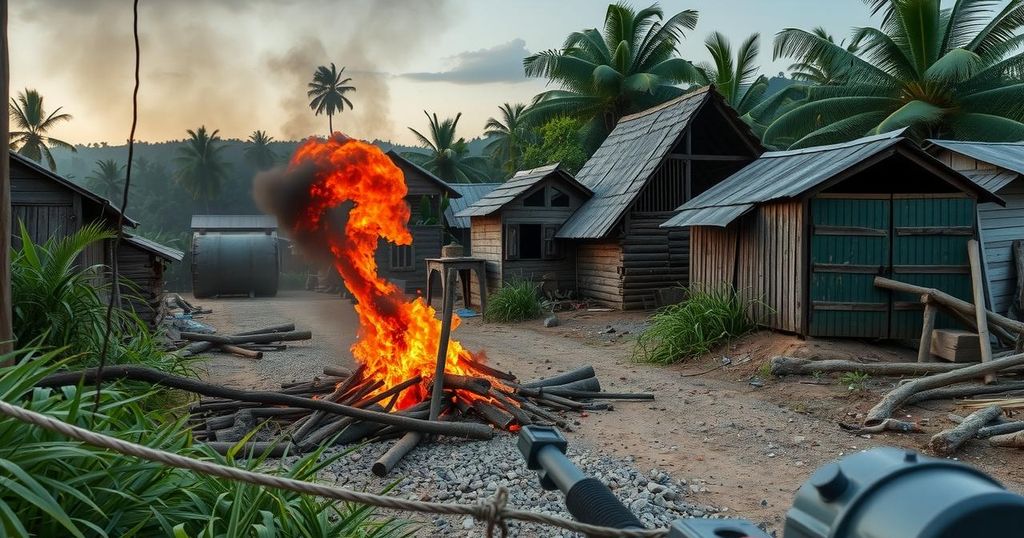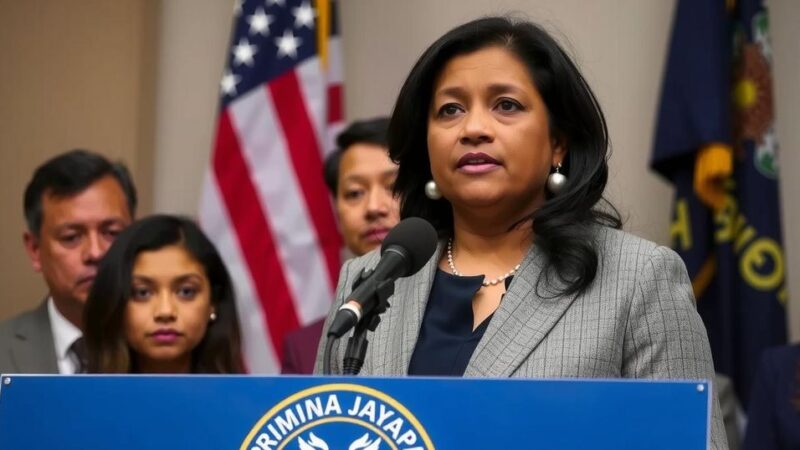The ongoing conflict in Kwamouth territory, DRC, ignited in June 2022 due to disputes over land rights between the Teke and Yaka communities. This violence has displaced nearly 146,000 people, with 2.78 million in need of humanitarian assistance. The situation continues to worsen, with 191 deaths reported from violent incidents in 2024.
In June 2022, a longstanding dispute over land and customary rights between the Teke and Yaka communities in the Kwamouth territory of Mai-Ndombe province ignited violent conflict. The Teke, as historical custodians of the land along the Congo River, have found themselves at odds with the Yaka, who migrated to the area in search of agricultural opportunities. This intercommunal feud has exacerbated due to rising population pressures, resource scarcity, and political incitement, leading to extensive unrest across the region.
Since the outset of the conflict, the violence has not been contained to Kwamouth alone; it has spread through other provinces, notably Kwango and Kwilu, even reaching the outskirts of the capital, Kinshasa. Reports indicate that from June 2022 to early March 2023, Yaka militia groups, known as Mobondo, conducted numerous raids on Teke villages, resulting in significant destruction and displacement. Simultaneously, Teke armed factions have retaliated against Yaka communities, perpetuating a cycle of violence.
By late October 2024, the humanitarian consequences have been severe, with nearly 146,000 individuals displaced and around 2.78 million in dire need of assistance across the affected provinces. Their principal needs include shelter, food, and healthcare services, amongst others. The continuing conflict has disrupted essential services and complicated humanitarian access, with a dramatic increase in violent incidents reported in 2024 compared to earlier years.
The deteriorating security situation has rendered the region highly unstable, with 84 violent events leading to 191 reported deaths between January and December 2024 alone. Notably, Mai-Ndombe province witnessed a significant concentration of these violent incidents, indicative of the escalating nature of the conflict as armed groups vie for control over localities.
As the violence persists, addressing the underlying issues of land rights and fostering coexistence between the Teke and Yaka communities will be crucial for restoring peace and stability in this region.
The conflict between the Teke and Yaka communities in the Democratic Republic of Congo is rooted in historical disputes over land ownership and usage. The Teke, as the original occupants of the territory, view themselves as the legitimate landowners, while the Yaka, who arrived later, have established a history of cohabitation with the Teke, which has now deteriorated into violence due to external pressures like population growth and resource scarcity. The ongoing conflict not only poses humanitarian challenges but also threatens overall regional stability.
The conflict between the Teke and Yaka communities in western DRC highlights a complex interplay of historical grievances, social dynamics, and resource competition. The violence has led to significant humanitarian crises, with many affected individuals requiring urgent assistance. For lasting peace, it is essential to address the root causes of conflict while ensuring both communities can coexist harmoniously.
Original Source: reliefweb.int







